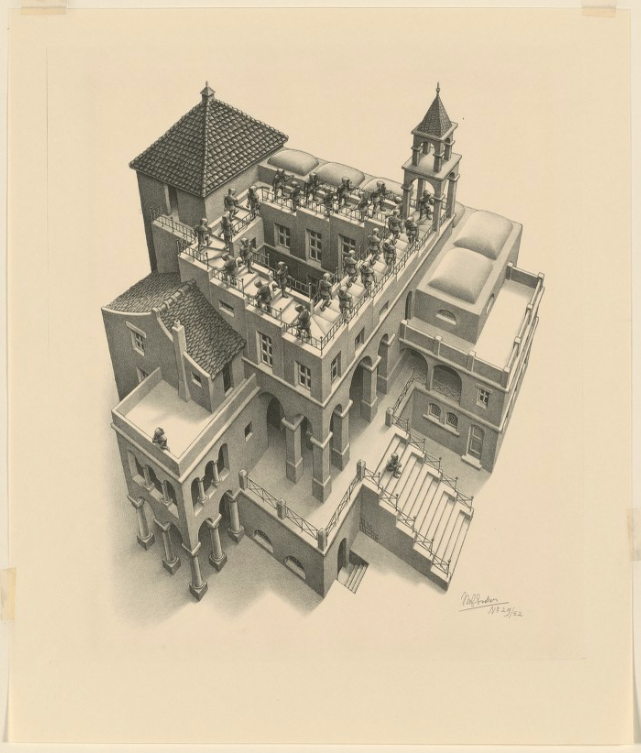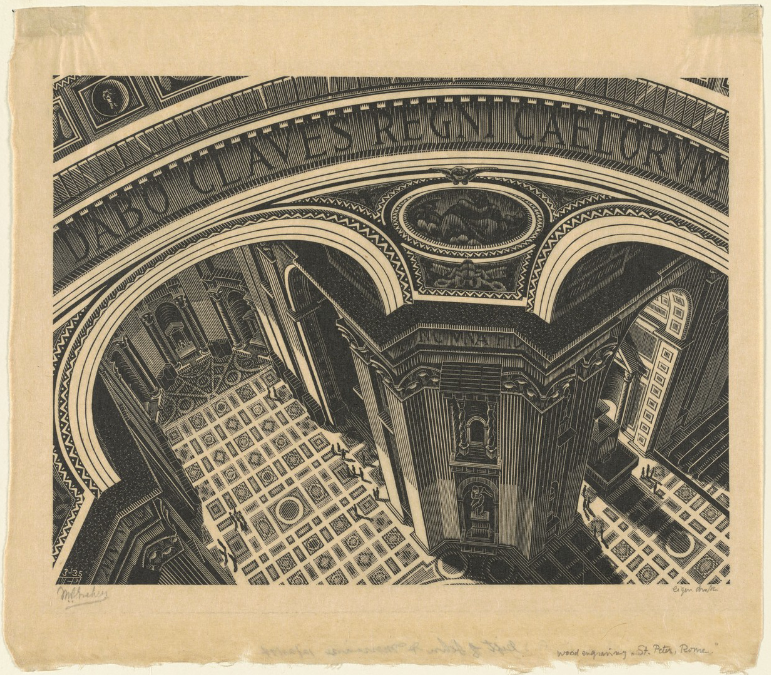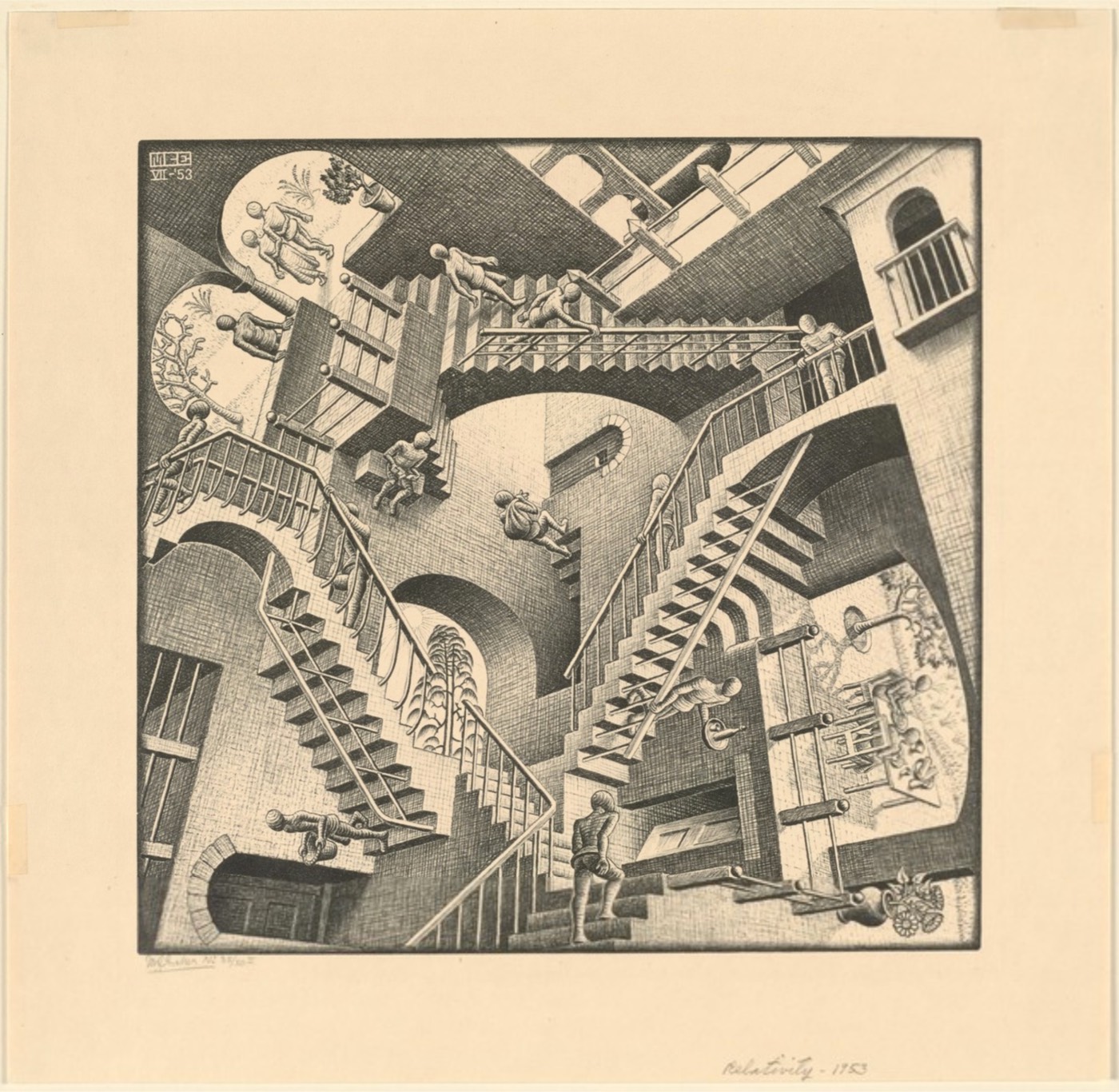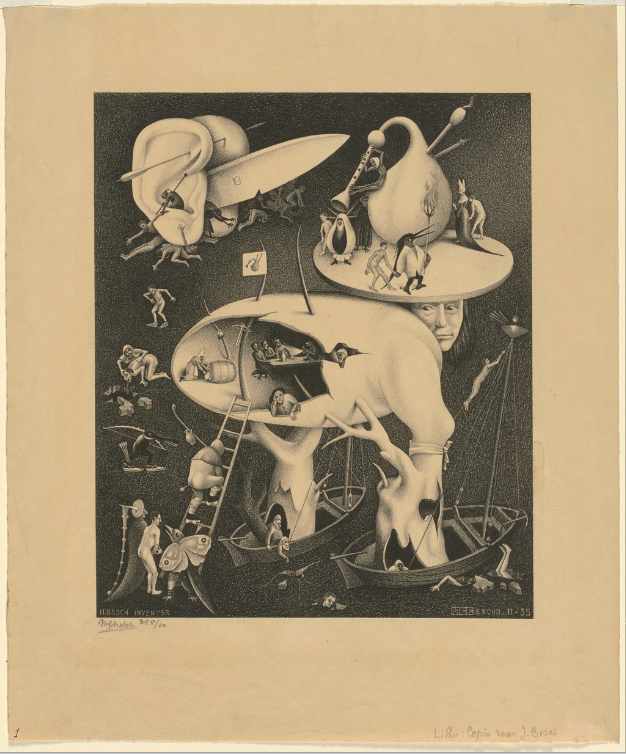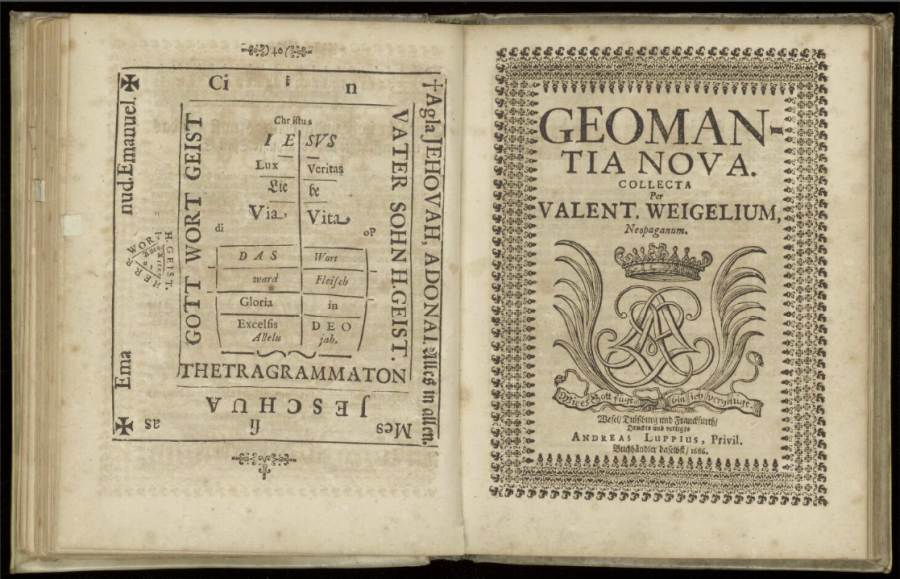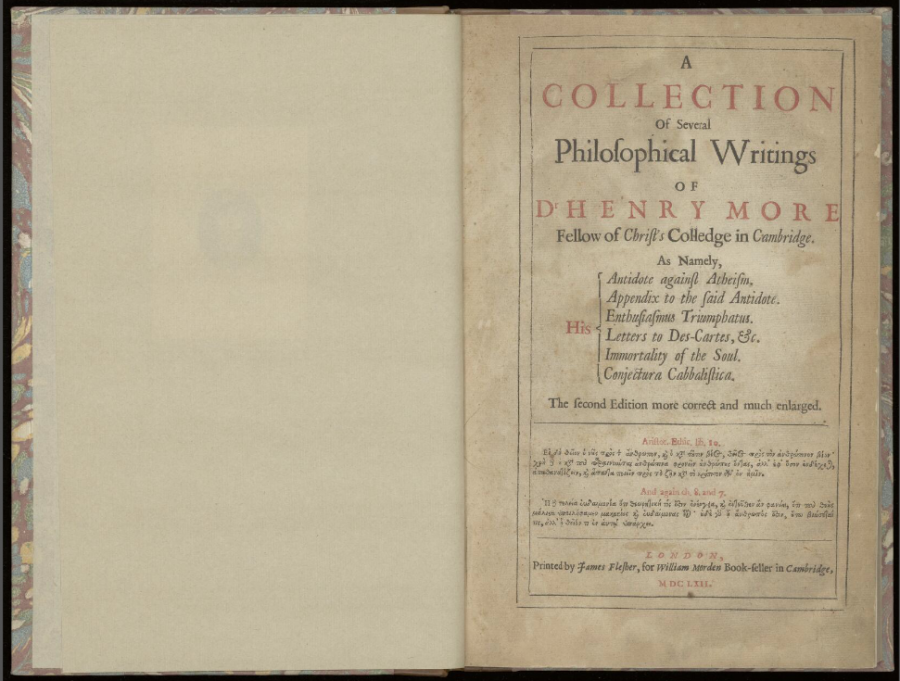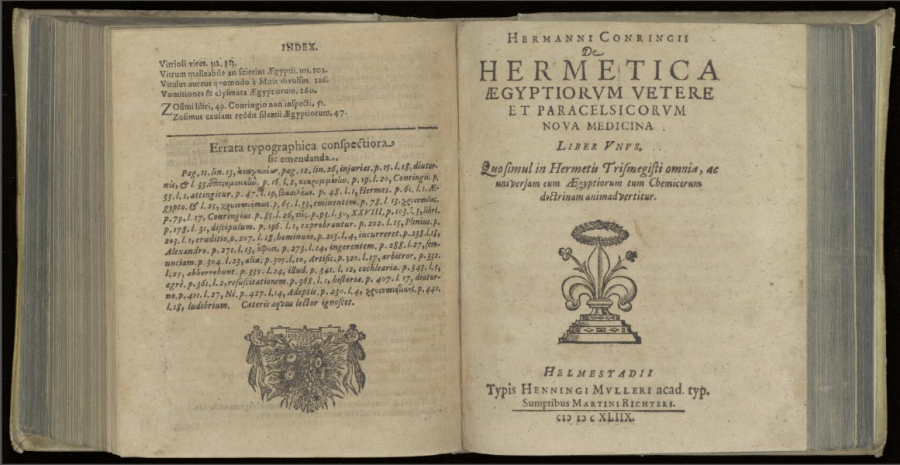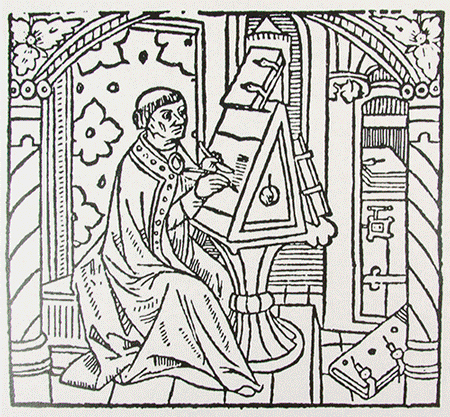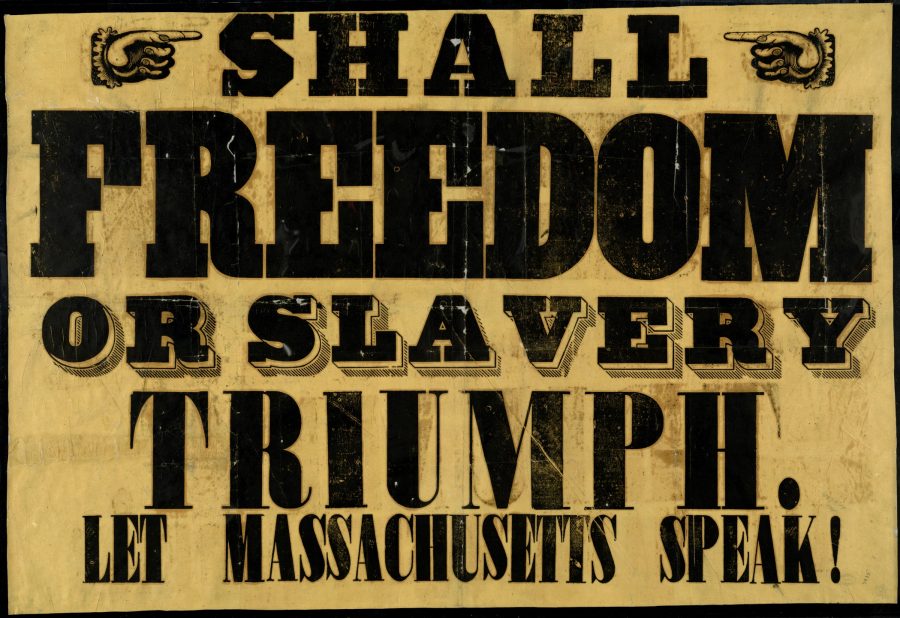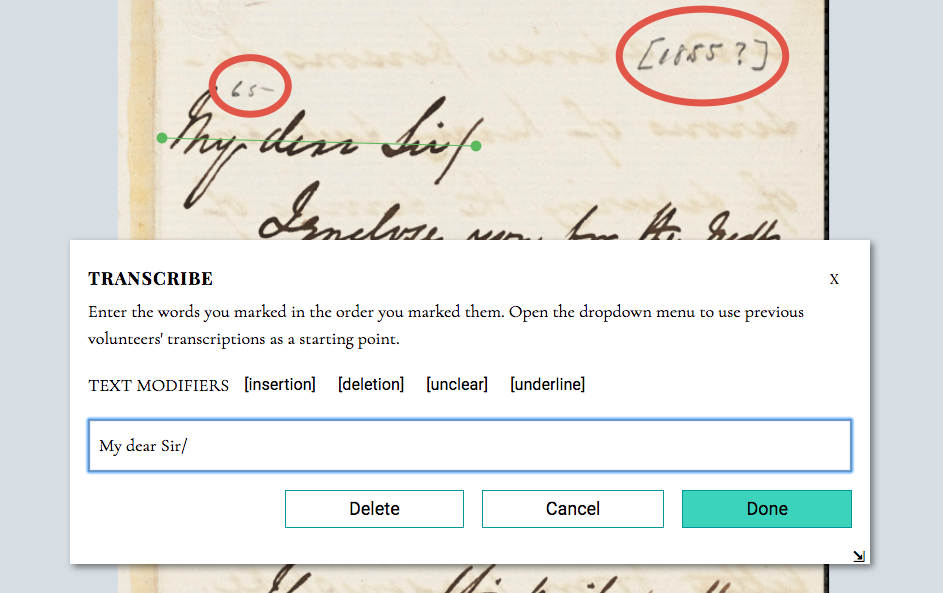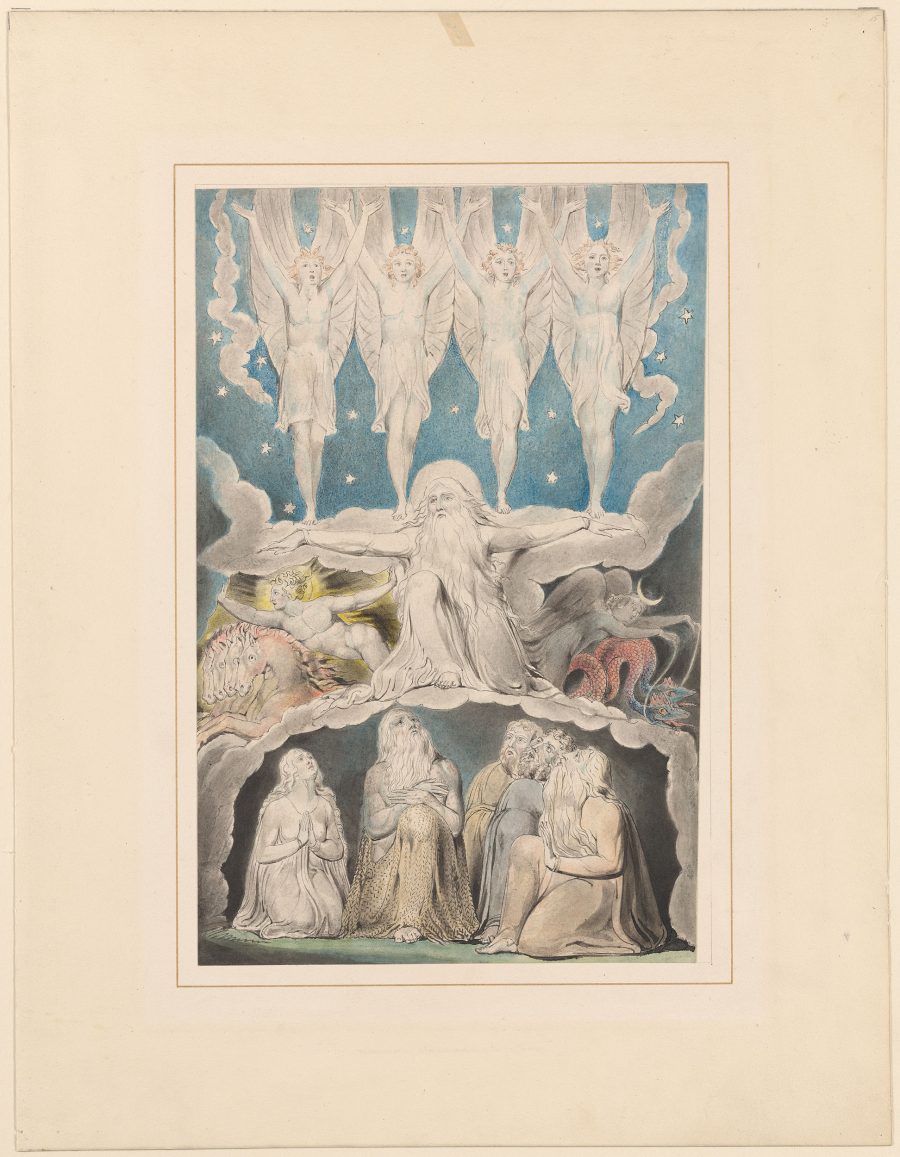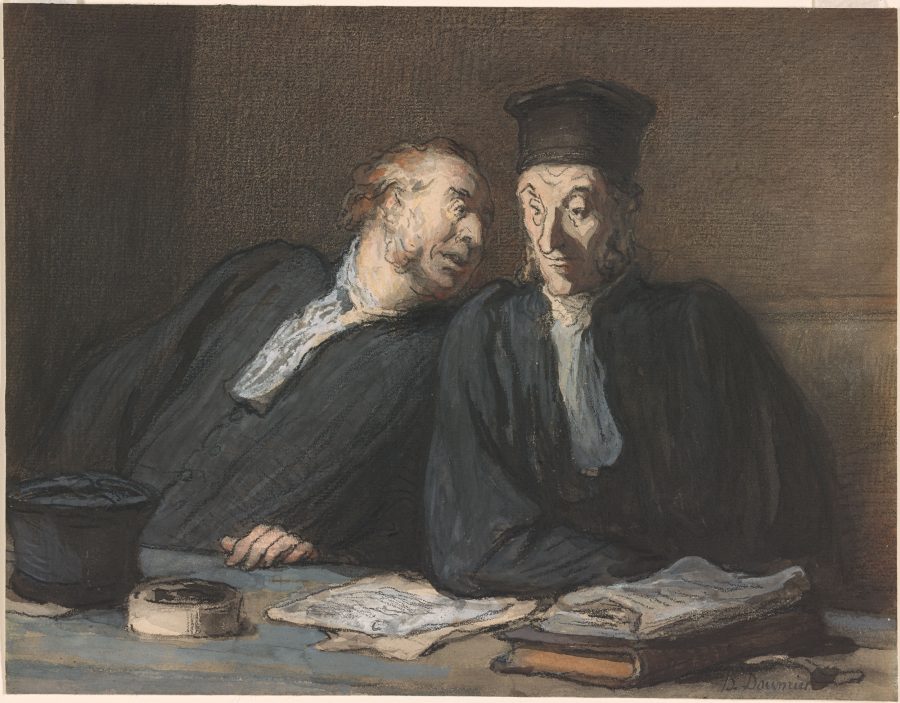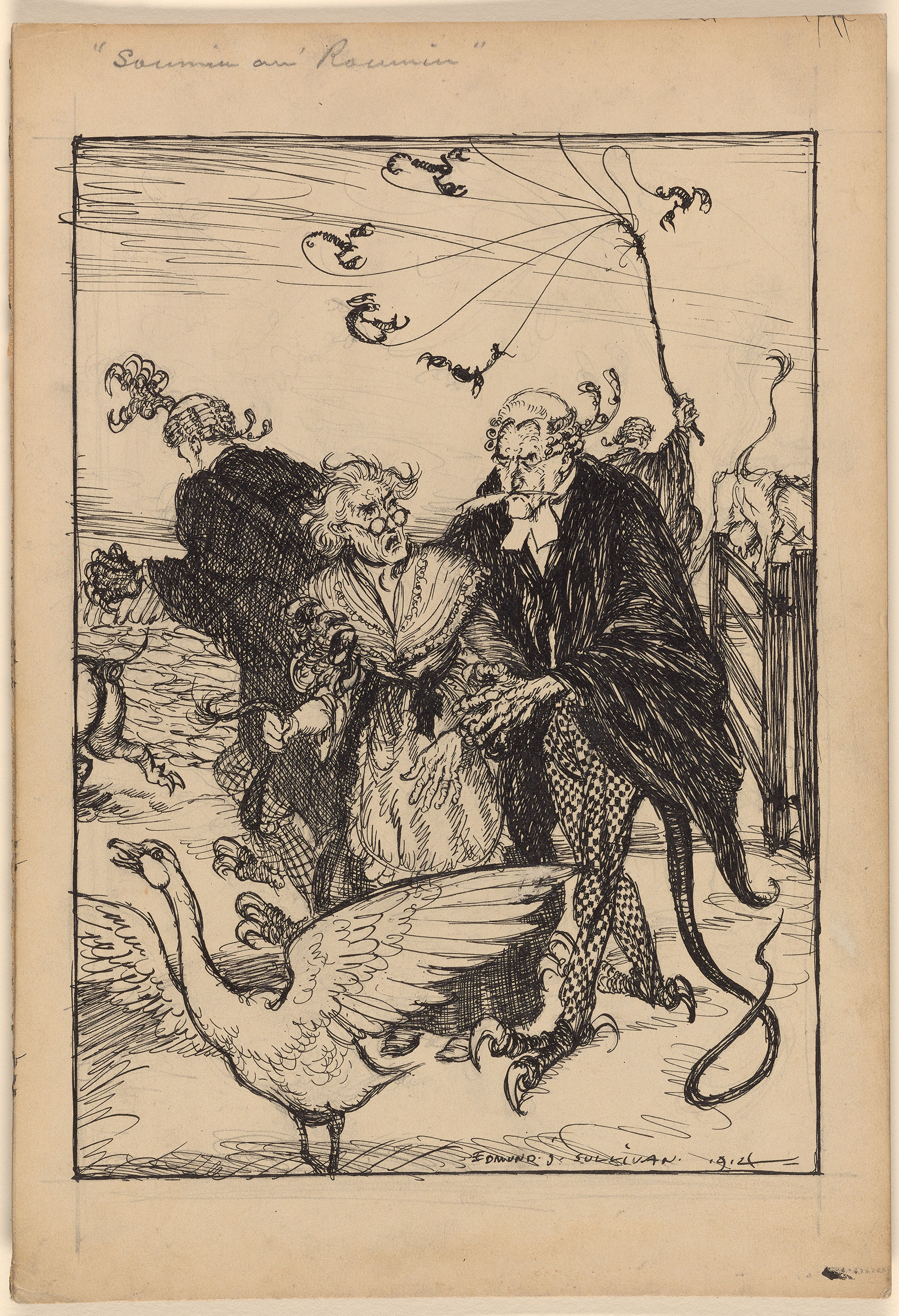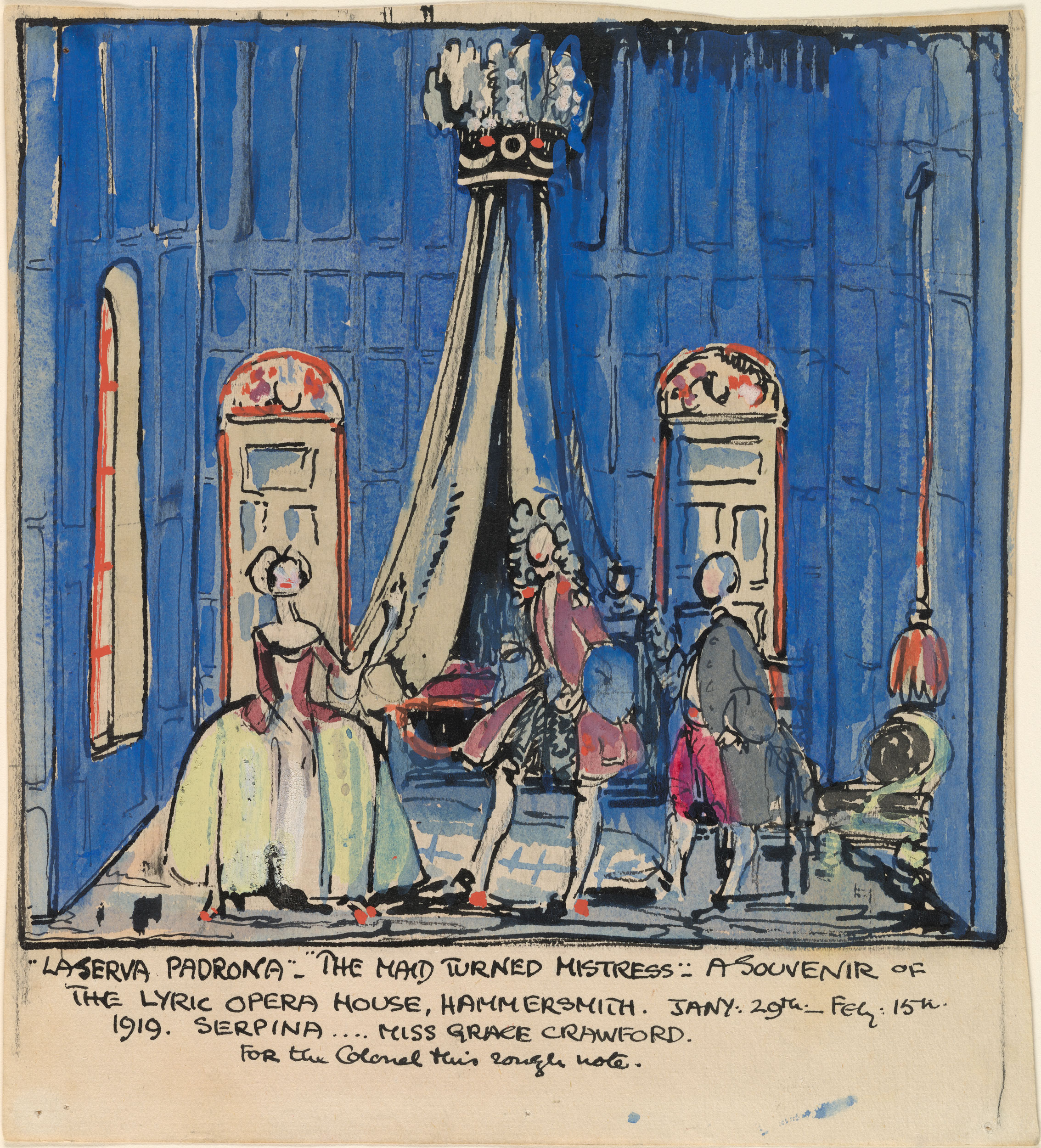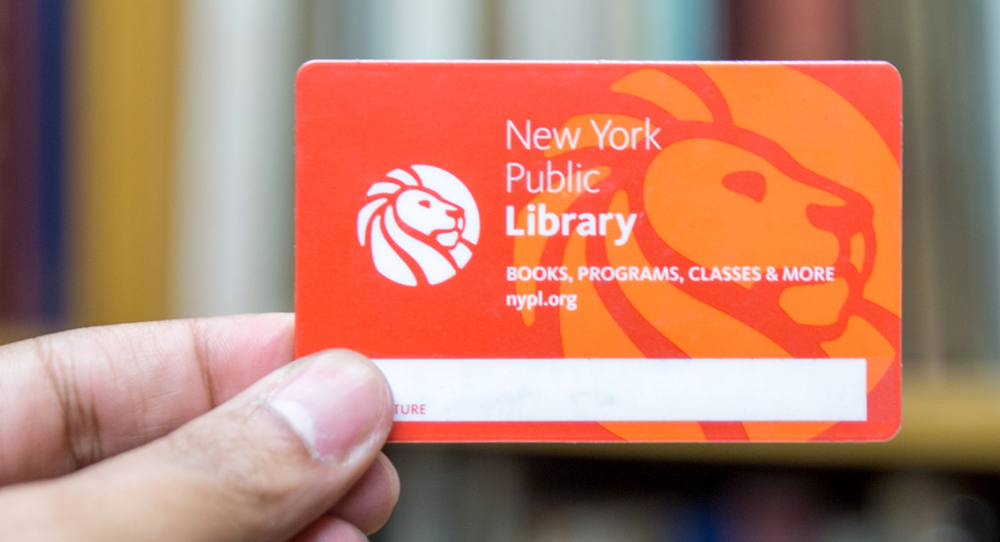
If you’re one of the 8.5 million people living in New York City, take note of this: When you sign up for a library card from the New York Public Library, you can get access to 30,000 free movies (including many from the Criterion Collection) and also some 300,000 Free eBooks. But that’s not all. A new initiative lets members of the New York Public Library (plus the Brooklyn and Queens libraries) to sign up for a Culture Pass and thereby gain free entrance to 33 museums across NYC. The list of participating museums includes some big ones–the Met, Morgan, Whitney, Frick and Guggenheim. Also the MoMA, Brooklyn Museum, and Brooklyn Botanic Garden, and more. Find a complete list below.
The Culture Pass website has more information about this new program. The website is also where you will need to actually make reservations to visit the museums. According to Hyperallergic, “Each cardholder is eligible for one pass per cultural institution annually and allowed to reserve two impending visits at any given time.”
New Yorkers, you can sign up for library cards via these links: New York Public Library, Brooklyn Library, and Queens Library.
If you would like to sign up for Open Culture’s free email newsletter, please find it here. It’s a great way to see our new posts, all bundled in one email, each day.
If you would like to support the mission of Open Culture, consider making a donation to our site. It’s hard to rely 100% on ads, and your contributions will help us continue providing the best free cultural and educational materials to learners everywhere. You can contribute through PayPal, Patreon, and Venmo (@openculture). Thanks!
Participating Museums
- Brooklyn Botanic Garden
- Brooklyn Children’s Museum
- Brooklyn Historical Society
- Brooklyn Museum
- Children’s Museum of Manhattan
- Children’s Museum of the Arts
- Cooper Hewitt, Smithsonian Design Museum
- The Drawing Center
- The Frick Collection
- Historic Richmond Town
- International Center of Photography
- Intrepid Sea, Air & Space Museum
- Jacques Marchais Museum of Tibetan Art
- The Jewish Museum
- Louis Armstrong House
- The Metropolitan Museum of Art
- The Morgan Library & Museum
- Museum of Modern Art, MoMA PS1
- Museum of Chinese in America
- Museum of Jewish Heritage — A Living Memorial to the Holocaust
- Museum of the City of New York
- New York Transit Museum
- Noguchi Museum
- Queens Historical Society
- Queens Museum
- Rubin Museum of Art
- SculptureCenter
- Smithsonian National Museum of the American Indian
- Society of Illustrators
- Solomon R. Guggenheim Museum
- Sugar Hill Children’s Museum
- Wave Hill
- Whitney Museum of American Art
Related Content:
The New York Public Library Lets Patrons Download 300,000 eBooks
